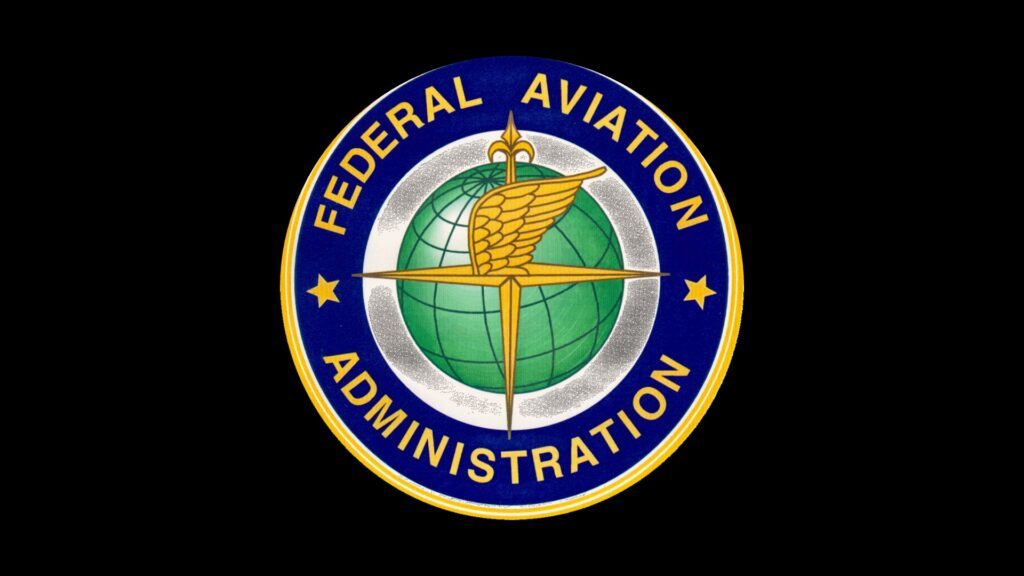

The FAA’s UAS Integration Office is the entity tasked with the complex task of integrating drones into the NAS – and collaborating with stakeholders across the industry and federal government to make that happen. Since taking the position of Executive Director in January of 2023, Vincent has been an accessible and visible representative of the FAA, providing frequent updates at industry events and committing to providing more definition around many complex agency procedures.
This morning, Vincent recognized the importance of drones in public safety. “We understand that drones provide valuable services,” he said. “Drones can and will transform lives.” He then went on to congratulate the community for their sponsorship of cooperation in the industry, which Vincent says is critical to bringing drone integration forward.
“There is a tremendous opportunity for collaboration,” said Vincent. He cited one such industry project is the development of the MITRE sponsored experimental drone range in Orange County, VA, where stakeholders in defense and public safety can work with expanded operations.
BVLOS Flight
Key to drone as first responder (DFR) programs and many commercial applications is the regularization of flight beyond visual line of sight (BVLOS) without the added constraints of visible observers. “Sustainable BVLOS operations are a top priority,” said Vincent, commenting that the agency has now adopted an “operations first” methodology.
The agency has now issued 7 permissions for BVLOS operations, which Vincent said represent the FAA’s “forward leaning” approach. The hope is that these waivers can be replicated more easily by other companies, allowing more BVLOS operations to take place. Still, Vincent acknowledged that waivers are not the way forward. “We aim to create a regulatory environment where operators can scale operations,” said Vincent, stating that the FAA expects to issue a notice of proposed rulemaking (NPRM) on BVLOS flight this year.
In order to enable BVLOS flight, the agency is also prioritizing the development of unmanned traffic managment systems (UTM.) UTM services will be separate from but complementary to air traffic control, and will help manage flights in ways that are not possible for individual operators. To that end, the FAA has designated an area in North Texas as a key site for UTM development, working with partners to explore and test technologies. Implementation of detect and avoid technologies and other ecosystem tools are also an agency priority.
Vincent indicated that the agency is moving ahead rapidly on efforts to scale commercial operations and support the expansion of drone industry. “This is just the beginning,” said Vincent.
Read more:
- FAA Reauthorization Act Enhances Recreational Drone Operations: Key Amendments and Impacts for Flyers and Educators
- U.S. House Committee Passes FAA Reauthorization Extension; Just in Case
- U.S. Transportation Secretary Pete Buttigieg Urges Congress to Pass FAA Reauthorization Before Year End
- U.S. Senate Committee Passes FAA Reauthorization Act of 2023
Miriam McNabb is the Editor-in-Chief of DRONELIFE and CEO of JobForDrones, a professional drone services marketplace, and a fascinated observer of the emerging drone industry and the regulatory environment for drones. Miriam has penned over 3,000 articles focused on the commercial drone space and is an international speaker and recognized figure in the industry. Miriam has a degree from the University of Chicago and over 20 years of experience in high tech sales and marketing for new technologies.
For drone industry consulting or writing, Email Miriam.
TWITTER:@spaldingbarker
Subscribe to DroneLife here.
